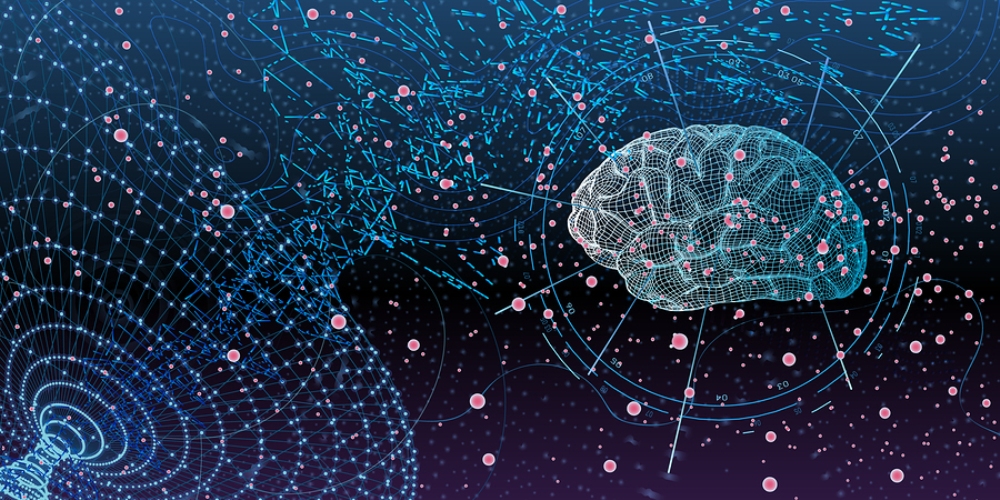
Programming artificial intelligence is an exciting prospect. Building AI apps from the ground up is an arduous endeavor, but thankfully with the development of advanced AI frameworks, building programs with AI capabilities is easier than ever before.
Before getting started with AI, you’ll need to decide which programming language you’d like to use to undertake your project. Which language you choose will depend on a multitude of factors, such as your level of programming knowledge, the programming languages you are familiar with, and the open-source frameworks you want to take advantage of.
The most popular programming languages for AI applications is, according to InfoWorld, Python, Java, Lisp, Prolog, and C++. Python is a great option, regardless of your level of skill.
Python is a general purpose programming language. It has elements of a lot of different paradigms. Elements from object-oriented, procedural, and scripting languages are used in Python. If you aren’t familiar with these terms -- that’s okay. You don’t necessarily need to know what underpins Python to start using it. In essence, Python is a very flexible language. The syntax is easy to learn and intuitive when compared to dense languages like C++.
Additionally, Python is growing in popularity. So, if you decide to invest in learning any one language, Python is your best bet.
Lisp and Prolog are great options, but have rather specific uses. C++ is arguably more powerful, but you’ll have to power through a steep learning curve at the beginning. Ultimately, which language you choose to employ is up to you. You may want to download a few IDEs (integrated development environments) and see which one strikes your fancy. Which subfield of AI interests you should also affect your decision. Again, if you’re unsure, Python is likely your best option.
Applications in machine learning, creating neural networks, and deep learning may require different languages, for example, so you’ll want to get familiar with all the facets of AI.
In general, there are three subcategories of AI you should be aware of that were mentioned above. Machine learning, which is seen in email sorting algorithms, for example. It’s pattern recognition programmed in machines so they can operate outside predefined code. In software without AI, everything is explicit about when to do something. If the user clicks a button, pop up a new browser, for example. A program with machine learning would be programmed to recognize a pattern.
The next level of is neural networks. This term may sound familiar to you. This is because neural networks exist in biology. Neurons are brain cells and their networks make up our brains. Artificial neural networks try to mimic how neurons interact in biology using advanced mathematics and logical operations. They are useful for processing large amounts of data and processing unique inputs.
Neural networks hope to achieve deep learning. Deep learning is akin to the human brain as are machines with the ability to do complex, abstract tasks in novel situations. Deep learning is what, according to Nvidia, is driving the AI explosion. Cheaper parts, more powerful GPUs, and the advancement of AI software have made it possible for a large amount of developers to undertake creating their own AI programs.
Whether you choose to develop chatbots or applications that utilize deep learning is entirely up to you and will depend on what you wish to achieve. Weak AI, or artificial intelligence that is somewhat limited, offer unique opportunities. There’s still a great deal of space for developers who want to improve upon existing machine learning algorithms and applications.
For those who want to make apps with more thinking power, there are a plethora of resources from AI classes on edX, Udemy, and other MOOCs to open-source frameworks like PyBrain and Google AI services.
In short, there’s no wrong way to get started in AI. There are free resources for teaching yourself, Python and paid online classes for building AI applications. Continue to do your own research on AI, find out what works for you, and keep developing projects. With a bit of time, effort, and patience, you’ll be developing useful AI applications with ease.
Edited by
Mandi Nowitz